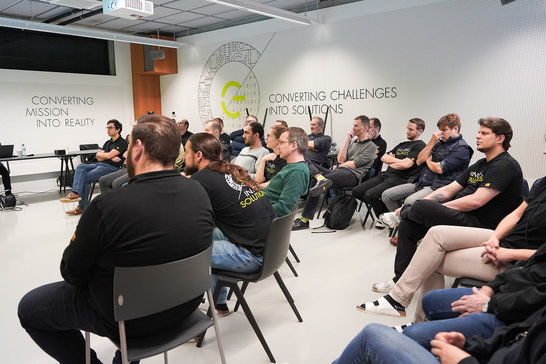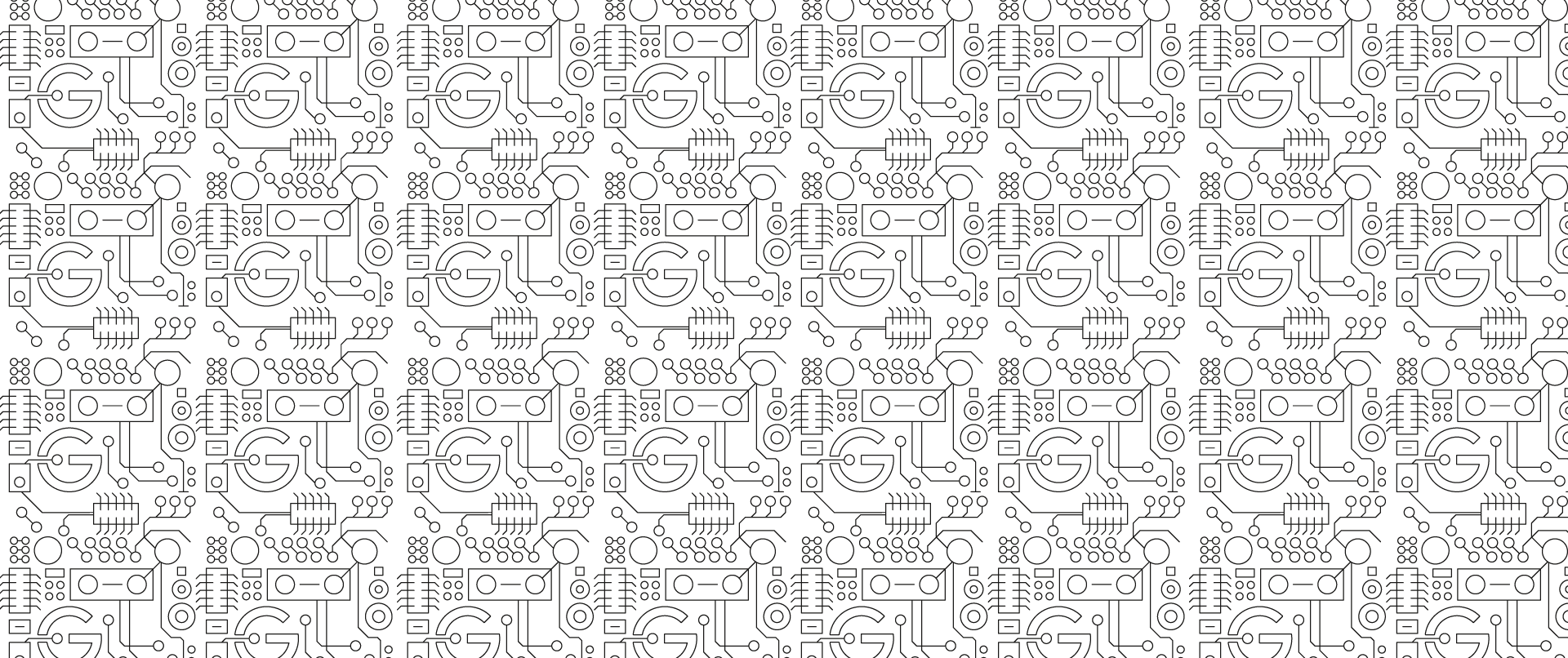Latest
Weisswurst & technology
On March 4, 2024, Ginzinger once again hosted the internal technology demo "Weißwurst und Technik". The aim of the event: to arouse broad interest in current technologies within the company.
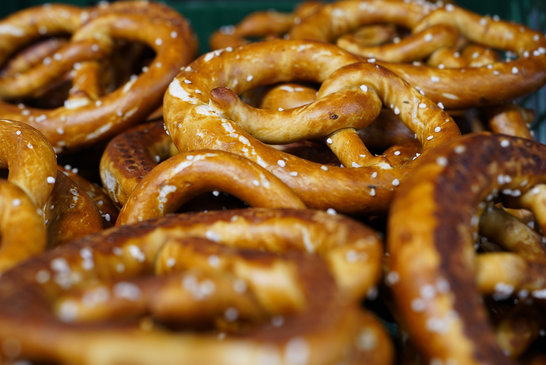
Technology demo for employees
On March 4, 2024, the first "Weißwurst und Technik" 2024 took place at Ginzinger electronic systems. The aim of the format is to arouse broad interest in current technologies within the company and promote a lively exchange between departments. In this way, we ensure technological progress for our customers by driving forward new trends and processes in production and development.
Featured topics
After There was again a colorful mix of topics, including the following presentations:
- How to build an AI - Face Detector on the Ginzinger Embedded Platform
- Book presentations: The Goal by Goldratt, The 7 Principles for the New Mechanical Engineering by Löffler
- What is actually: Chat GPT
- Presentation of internal innovation ideas
After the joint Weißwurst-Veggi technician snack, the Deep Dive continued with the following topics:
- Experiences with the µC operating system Zephyr
- WiFi signal integrity
- Yolo and the Darknet
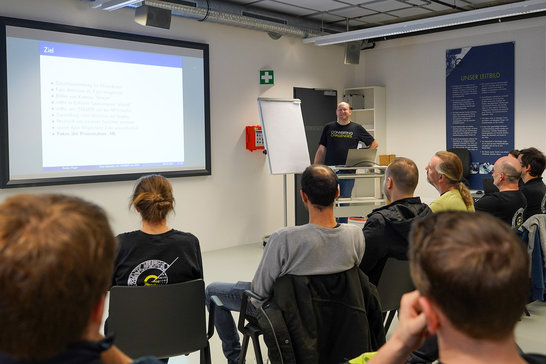
AI & ML in embedded systems
How to build an AI - Face Detector on the Ginzinger Embedded Platform
Stefan Hager impressively demonstrated how easy it is to train your own face detector on the Ginzinger embedded Linux platform.
As part of the trade fair demo for embedded world 2024, he trained a neural network himself on the i.MX8M+ and developed a simple application for it.
Stefan explained the importance of the right training data and the selection of the best networks as a basis in a very entertaining and interesting way.
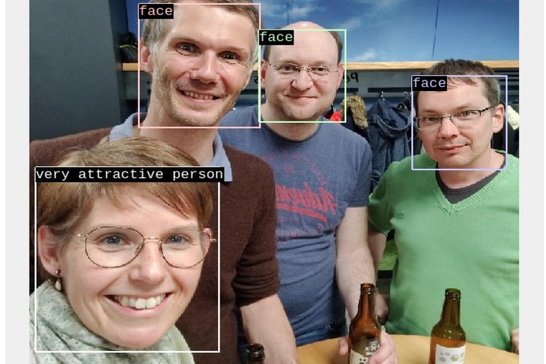
software development
Deep-dive WiFi signal integrity
In his technical presentation on signal integrity in WiFi wireless interfaces, Herni Roosen showed us how to measure signals with the Teledyne Waverunner oscilloscope.
These measurements are necessary to ensure the reliability and integrity of the interfaces. The correctness of the so-called eye diagrams is important here, so we can see whether the signal shape itself fits and can deduce from this, for example:
- In the case of over- and undershoots, the driver strength must be adjusted.
- If the slope is unsuitable, the slew rate is readjusted
If runtimes become too long, the hardware development department can adjust the track lengths again if necessary
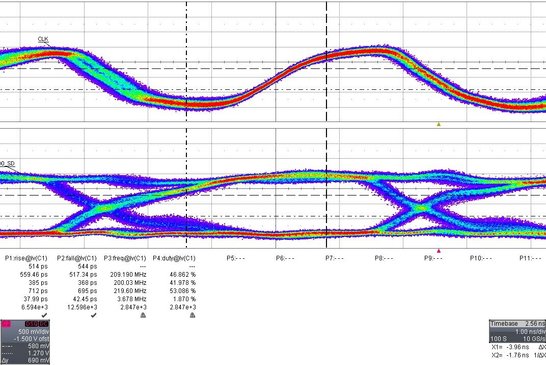
AI development
Deep-Dive "Yolo and the Darknet"
Our AI expert Johannes Kaisinger showed us in the Deep Dive Yolo and the Darknet how an image classifier actually works. As part of his projects at Ginzinger electronic systems, Johannes already has a lot of experience in the field of image recognition. In his presentation, he explained to us the basic principles at work here.
How is the architecture of Darknet-53 as the basis of YOLO V3 actually structured? What is a tensor or a convolution and how do you calculate an activation function or the softmax?
These were all questions that were answered. A little mathematical knowledge certainly didn't hurt.
